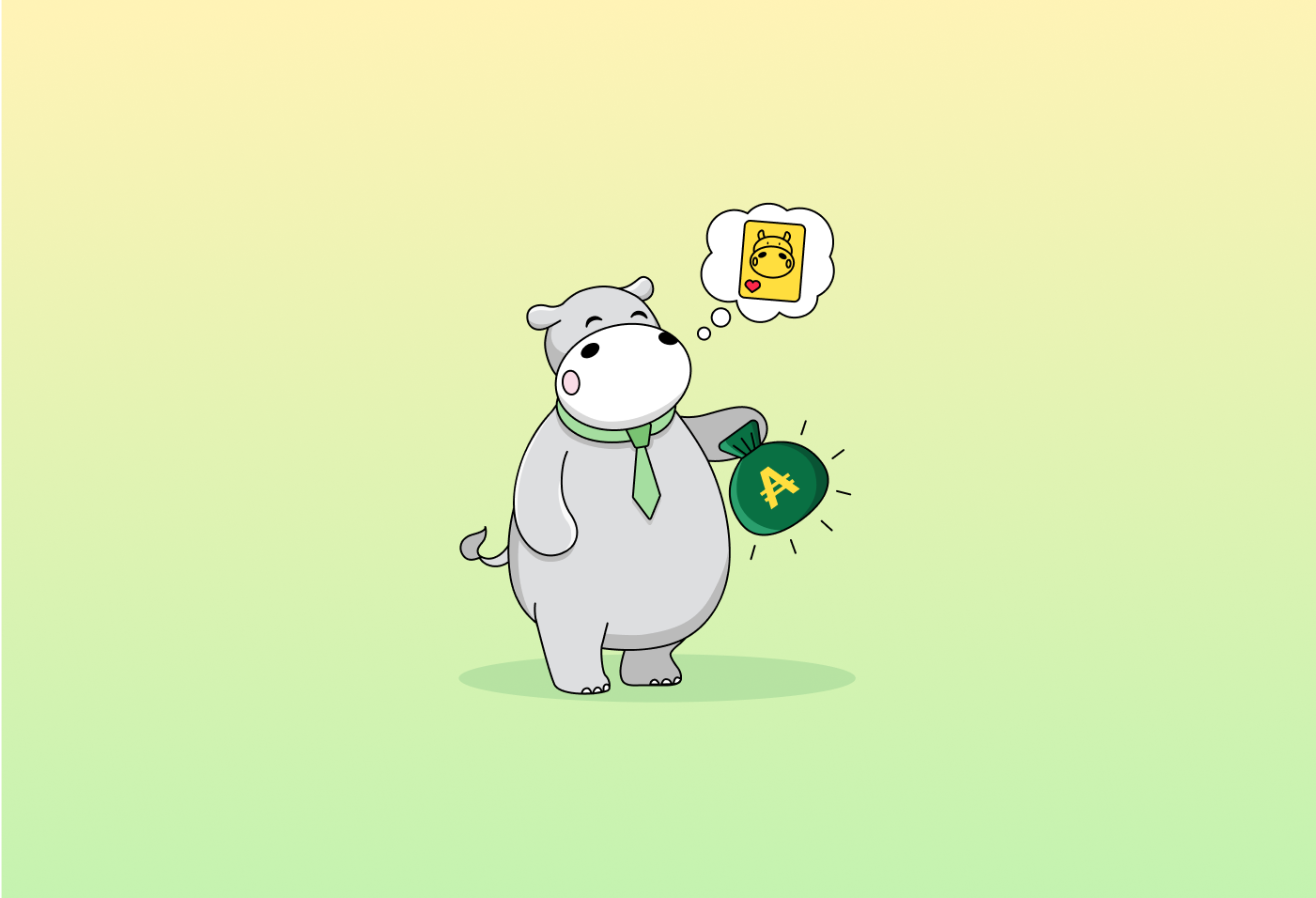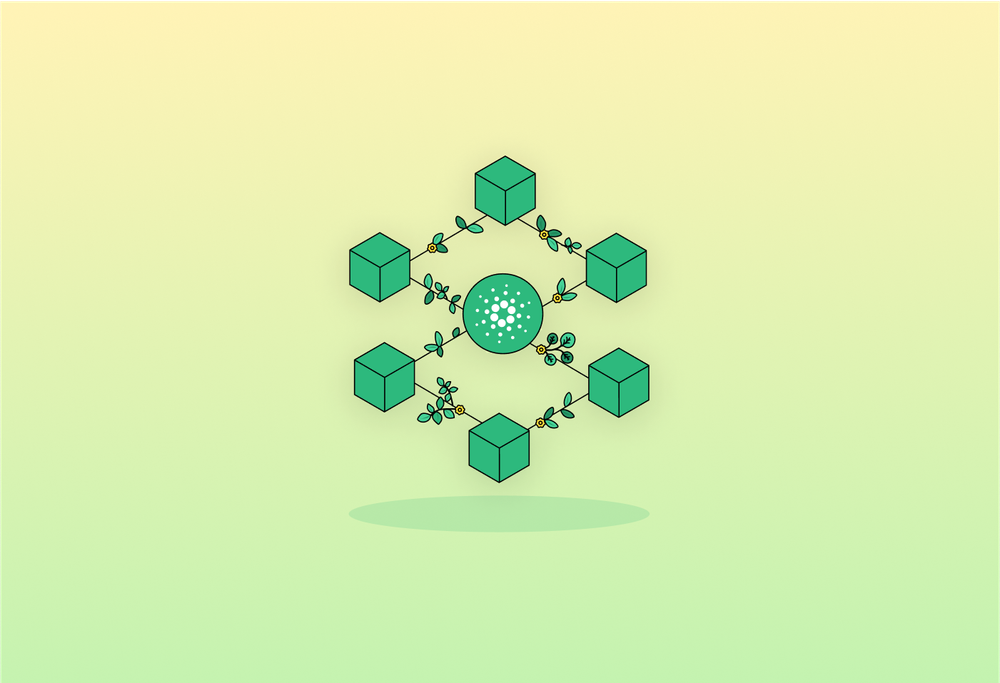Introduction
As NFTs continue to spice up the art and collectibles world, they're also carving out a super exciting role in finance. Ever thought about making your NFTs work a bit harder for you? Enter the NFT-backed lending and borrowing world—a smart way to flex financial muscle without saying goodbye to your digital gems. Let’s break down what it's all about, why it could be a game-changer for you, and how it all works!
What is NFT-Backed Borrowing?
NFT-backed lending and borrowing is a concept where NFTs are used as collateral to secure a loan. When the loan is repaid, the NFT is returned to its rightful owner. This means you get the cash you need and don't have to sell your beloved digital art or collectibles.
Why Borrow Using NFTs?
Why not just sell the NFT instead? That is a fair question, and there are a couple of reasons:
- Preservation of Ownership: If you believe your NFT will increase in value over time, retaining ownership rather than selling it makes sense. By borrowing against the NFT, you can access the liquidity you need for immediate expenses or investments while holding onto your asset for future appreciation.
- Avoiding Sale Regrets: The digital art and NFT markets can be highly volatile with significant price fluctuations. Selling an NFT might lead to regrets if its value skyrockets later. Borrowing against it avoids this potential remorse, especially if the NFT holds sentimental value or is part of a collection.
- Market Conditions: The market might not be favourable for selling the NFT at a particular time. If the market is down, you might get a lower price than the NFT’s potential value. Borrowing against it provides liquidity without having to sell at a suboptimal time.
- Flexibility for More Investments: Access to funds through a loan can help leverage more investment opportunities without losing NFT assets. This strategy can be particularly appealing if you are actively engaged in trading or investing and need cash to capitalize on timely market opportunities.
- Quick Access to Funds: Selling an NFT can sometimes be a slow process, depending on the platform and market demand. Borrowing against an NFT can often be faster, providing immediate liquidity that is crucial in time-sensitive situations. Lucky for you, JPG Store offers both options!
- Sentimental Value: Sometimes, an NFT just has sentimental value for you, and you don’t want to part with it. Maybe it was a gift from someone special, or maybe it was the first NFT you ever acquired. Can’t put a price on these things, eh?
Not wanting to part ways with your NFT shouldn’t make it an illiquid asset. Fortunately, you can put up that NFT as collateral and secure a loan against it on JPG Store—just make sure to return the loan on time! If you default on your loan, the NFT is forfeited and transferred to the lender.
What is NFT-Backed Lending?
The best way to make money is to make your money work for you, right? That’s precisely what NFT-backed lending allows you to do but with the ability to earn a lot more interest!
Essentially, if you’ve got some ADA to spare, you can lend it and earn a good amount of interest. Alternatively, if the borrower defaults on their loan and doesn’t return your money back (how rude), the NFT they put up as collateral ends up being yours! If the NFT you borrowed against was worth more than the loan amount, then congratulations, you just ended up getting an NFT at a nice discount 😉
Why Lend Using NFTs?
There are a few reasons to get into NFT-backed lending:
- Earn Passive Income: Put your ADA to work by lending it out and collecting interest—it’s a way to grow your stash while helping out the community by providing liquidity. Win-win!
- Low-Risk High-Return: Low-Risk High-Return: Lending ADA with an NFT as collateral can yield high returns because the interest rate is pre-defined while simultaneously having low risk because you get the collateralized NFT in case the borrower defaults.
- Collect NFTs at a discount: Speaking of collateralized NFTs and defaulted loans, what happens when you lend ₳1000 against a ₳1250 NFT and the borrower defaults? You end up with a ₳1250 NFT for an excellent, discounted price of ₳1000. Not to be a broken record or anything, but a win-win.
- Access to High-Value NFTs: Some NFTs, particularly those in art, collectibles, or unique digital assets, can hold significant value, often appreciating over time. Naturally, people wouldn’t want to sell these; therefore, getting your hands on one might be difficult. However, people might be willing to use them as collateral, opening up the possibility of you getting a super rare NFT if the borrower defaults.
How does lending or borrowing work on JPG Store?
JPG Store uses a Peer-to-Peer (P2P) lending model, the go-to model for custom and personalized deals. This works in three simple steps:
- The lender and the buyer agree to the terms of the loan i.e.,
- Amount
- Interest
- Duration, and
- Collateral
- Once the loan is signed, the loan amount is sent to the borrower, while the NFT is sent to a public smart contract to be held in escrow as collateral
- When the loan duration expires, one of two things will happen:
- If the borrower repays the loan: The smart contract sends the NFT back to the borrower, while the lender receives their loan amount back plus the interest.
- If the borrower defaults on the loan: The smart contract sends the NFT to the lender.
By setting appropriate values for the loan amount, interest, and duration, and selecting a suitable NFT as collateral, lenders can manage their risk while earning significant profit. On the flip side, borrowers can unlock liquidity without losing their digital assets, as long as they’re responsible and repay the loan on time!
💡There are a few other lending models as well—if you want to learn about them, check out this article from Binance.
Bonus: There’s an Offer Pool!
To make things even better for lenders, JPG Store has an offer pool that lets you make multiple loan offers without locking up your funds. This is best understood with an example:
Suppose you have ₳1000 in your wallet. You can make 10 offers of ₳100 each, or 5 offers of ₳200 each, or 2 offers of ₳500 each, etc etc. No matter how you slice it, you can’t make offers if their sum is greater than ₳1000 - and that makes sense, intuitively.
But then enters the Offer Pool. Now suppose you have ₳1000 in your offer pool. You can essentially make:
- 10 offers of ₳100 each, and
- 5 offers of ₳200 each, and
- 2 offers of ₳500 each
That’s a total of ₳3000 in offers while having just a third of that amount. What sorcery is this? It’s pretty simple: Your funds are only consumed when an offer is accepted, allowing you to make as many offers as you want. When an offer is accepted, that amount is withdrawn from the offer pool, and all offers greater than the new balance are cancelled while retaining all offers within the new balance.
In the earlier example, suppose 1 offer of ₳500 and another of ₳100 were accepted. This ₳600 is removed from your pool, leaving behind ₳400 in the offer pool. The following offers would still be active:
- 10 offers of ₳100 each, and
- 5 offers of ₳200 each
That’s some impressive liquidity if we’re being honest.
Conclusion
NFT-backed lending and borrowing not only provide fantastic financial flexibility but also open up a whole new way to appreciate and utilize digital assets. Whether you're looking to leverage your NFTs for some quick liquidity, or earn passive income through lending, understanding this exciting financial tool is essential.
With this knowledge in hand, you're better equipped to navigate the exciting world of NFT finance. Head over to JPG Store and try it out for yourself!
Happy lending and borrowing!







